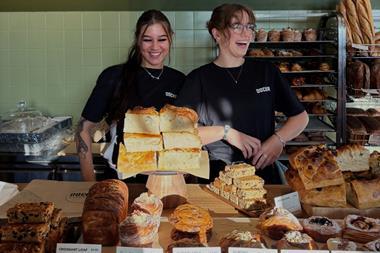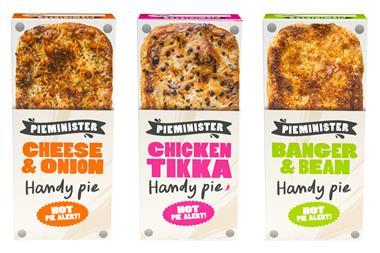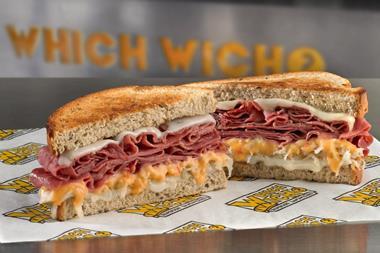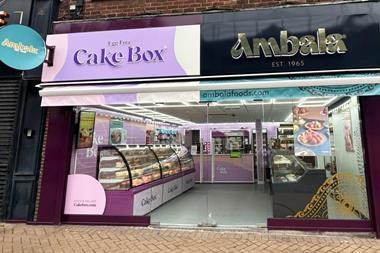Supermarket price wars have left the average household better off by £58 a year, according to Kantar Worldpanel figures for the 12 weeks ending October 11, 2015.
Like-for-like grocery prices have dropped 1.7% since last year, partly because the big supermarkets are trying to match Aldi and Lidl’s low pricing and partly due to deflation in major categories such as eggs, bread, butter and crisps.
However, consumers are generally not spending the savings on more groceries, with overall volume growth of only 2% and value sales increasing by just 0.8%, leading to a total of £1.5bn being taken out of the market.
The big four supermarkets have been hit by the price drop, with only Sainsbury’s managing to post positive revenue growth figures of 1.1% off the back of strong online and Sainsbury’s Local sales. Asda’s revenues dropped 3%, Morrison 1% and Tesco 1.7%, though Kantar says it is too early to see whether its Brand Guarantee scheme will have an impact.
Online
In contrast to the glum overall grocery sales figures, online grocery sales have increased by 9.8%
Fraser McKevitt, head of retail and consumer insight at Kantar Worldpanel, said: “Internet sales offer a chance of long term growth – only 18% of households bought groceries online in the last 12 weeks meaning there’s plenty of space for further expansion.
“The convenience factor and minimum spend restrictions mean online baskets tend to be larger, averaging £67 in value, compared with £14 for the average bricks and mortar trip.”
Some retailers bucked the trend with strong sales figures. Aldi and Lidl both enjoyed double-figure sales growth at 17.6% and 17.9% respectively, while Iceland and Waitrose posted modest improvements of 3.2% and 2.1%. The Co-operative managed 1% growth.
However, McKevitt warned: “Amazon Fresh’s expected full launch early next year could be a major disruptor, bringing down average basket sizes, accommodating on demand shopping and accelerating the growth of the whole online market.”
































No comments yet